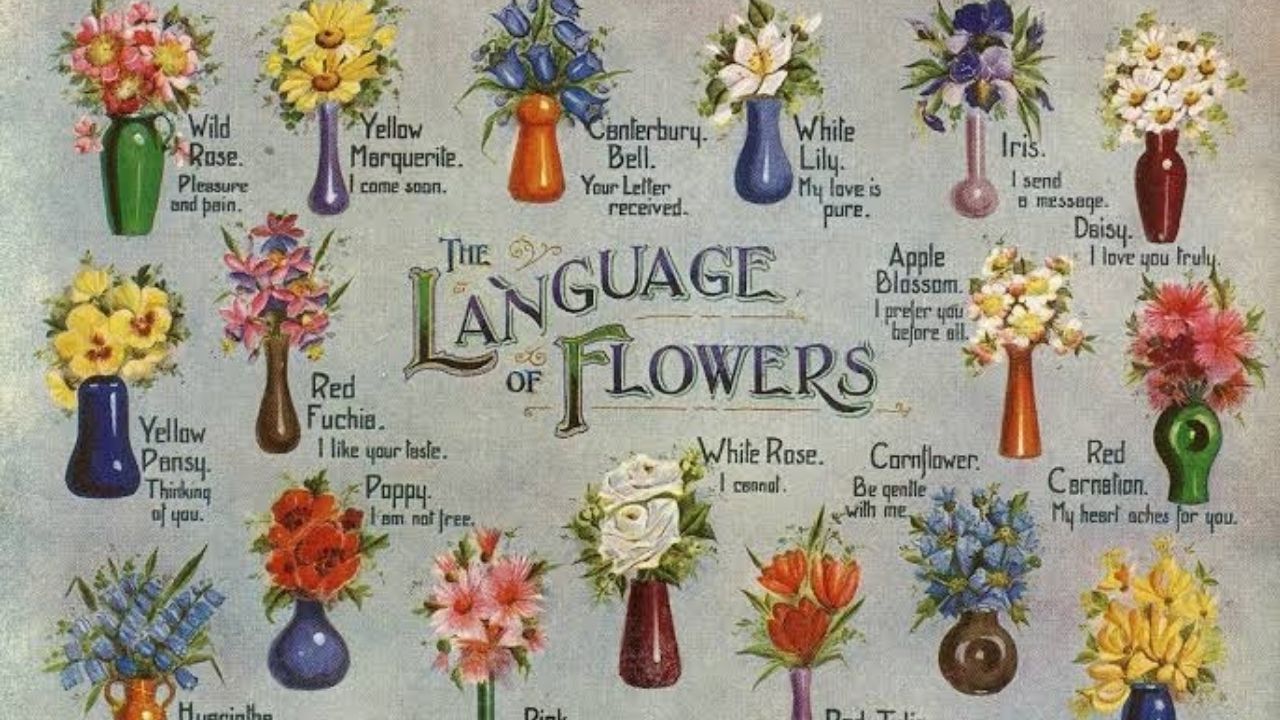

The folklore of flowers is an interesting subject to research.

It’s easy to imagine how flowers which showed any reliable healing properties – such as lavender, chamomile or echinacea – would be revered, while poisonous plants, such as oleander or foxglove, could incite both fear and great respect. A flower may have been ascribed a human characteristic because of the way it grew – for instance, flowers that twist and squeeze around other plants are often associated with clinginess or intense passion, while ‘shy’ flowers such as violets, which only blossom for a brief period, are often linked to ideas about bashfulness or an untimely death. Sometimes a flower became central to a culture’s religion and ancient rites, such as the sunflower for the Aztecs. The meanings often differed from culture to culture, but the significance of flowers was universal. White lilies offer condolence, daisies speak of childhood, and clover brings us a dash of good luck.įor thousands of years, people have attached meanings to the flowers they saw growing around them. In the West, red roses declare passionate love, poppies remind us of fallen heroes, and daffodils burst with springtime optimism. We all speak the language of flowers, even if we’re not aware of it. Births, deaths, marriages, first loves, lost loves, illnesses and rites of passage – all of these we celebrate, or commiserate, with flowers.

Life is a series of important milestones.


 0 kommentar(er)
0 kommentar(er)
